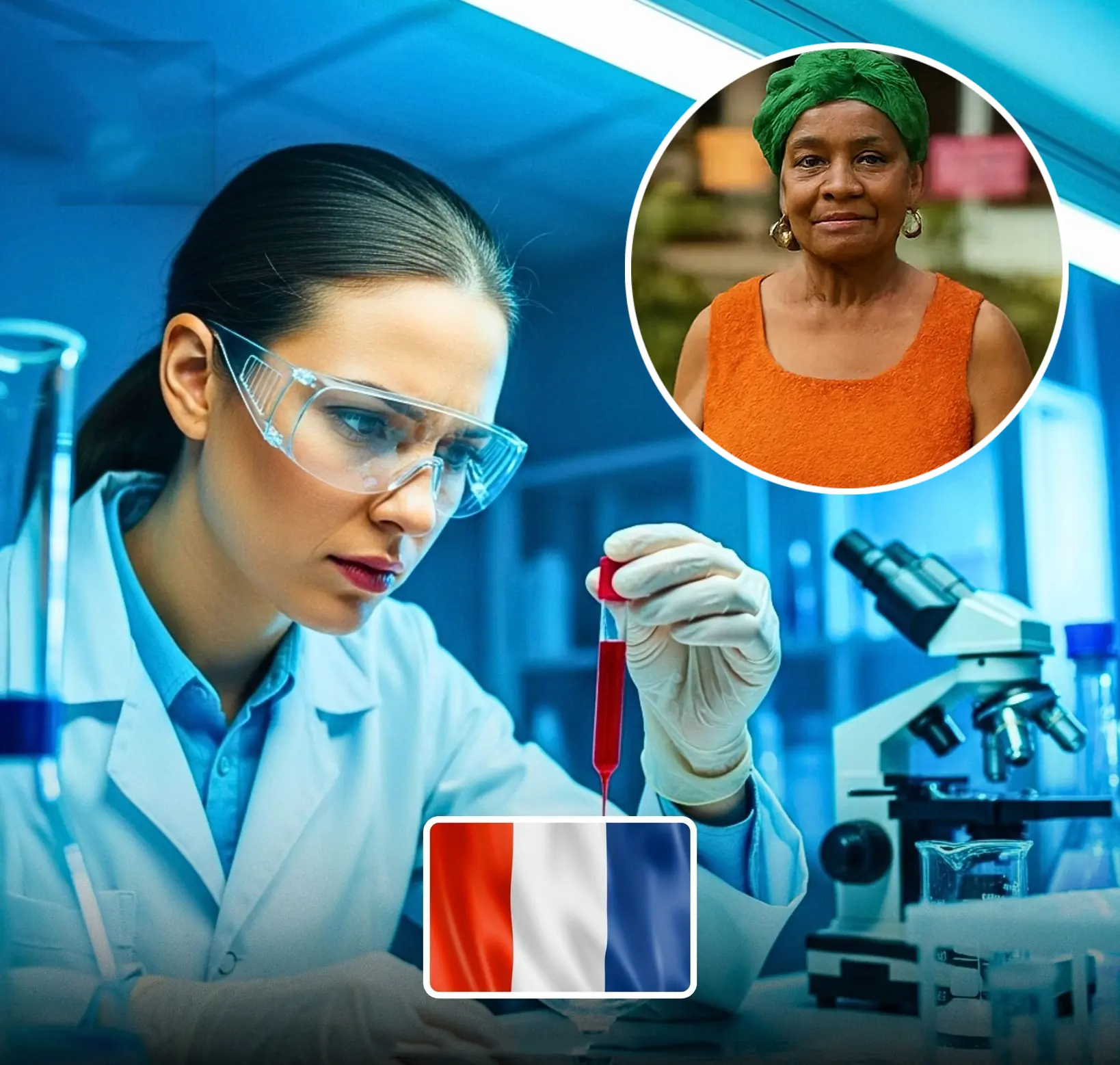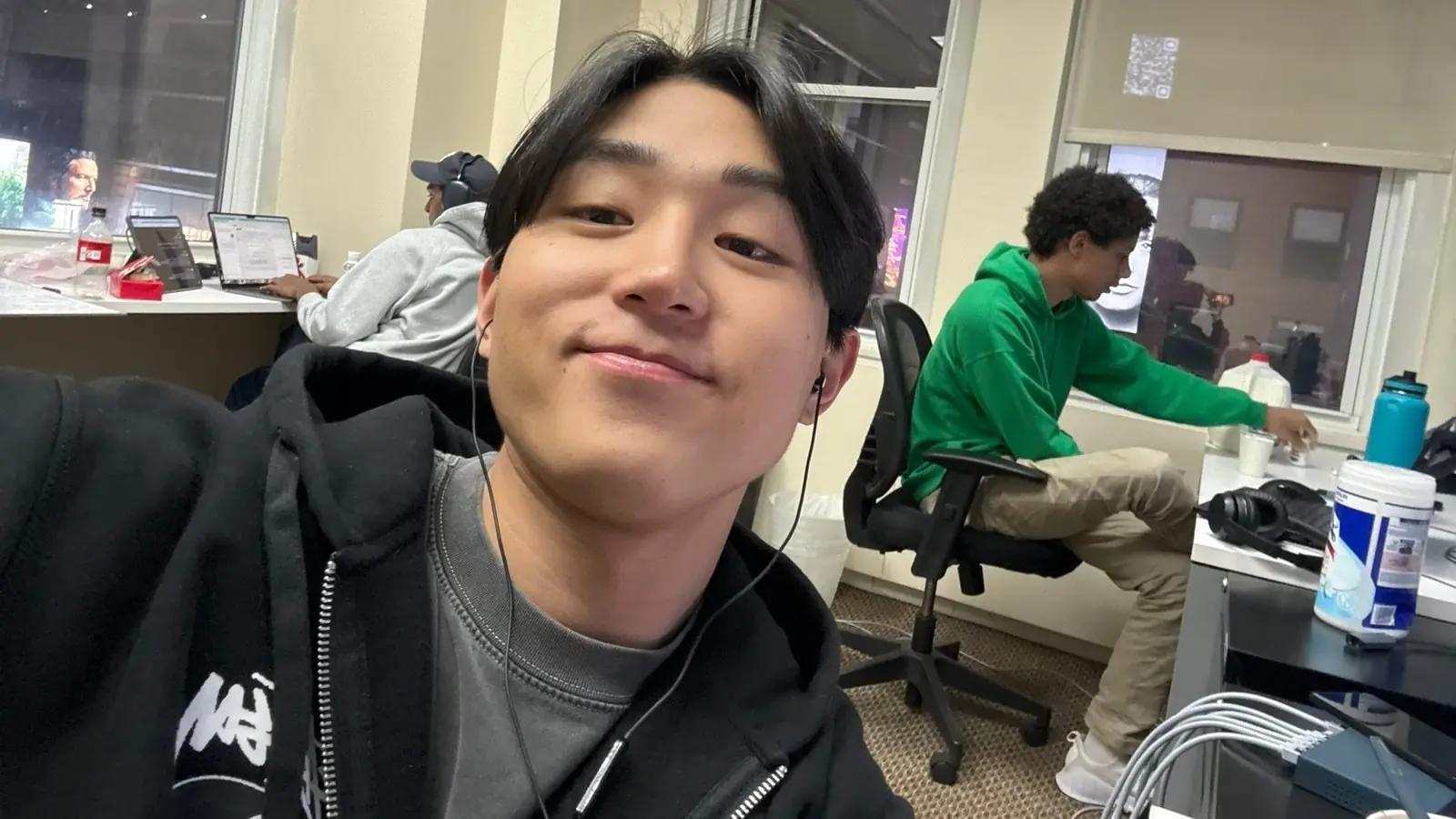
Meet the Bug You Should Not Kill: The Misunderstood House Centipede
It darts across your bathroom floor in a blur of legs. Your first reaction? Probably a scream, followed by a frantic search for a shoe or rolled-up magazine. But what if we told you that the creature you’re about to squash might actually be one of the best defenders of your home? Meet the house centipede - a misunderstood, multi-legged insect that deserves a second chance.
While its appearance may inspire fear, this often-overlooked bug is far more helpful than harmful. In fact, it could be the silent guardian keeping your home free from far more damaging pests.

What Is a House Centipede, and Why Does It Look So... Alien?
House centipedes (Scutigera coleoptrata) are small, elongated arthropods with up to 15 pairs of long, delicate legs that allow them to scurry at incredible speeds - up to 1.3 feet per second. They range in size from 1 to 1.5 inches long, but their legs can make them appear much larger. Their swift, spider-like motion and many limbs understandably set off alarms for many people.
But beneath that intimidating exterior lies a surprisingly useful creature.
The Hidden Benefits of House Centipedes
Most people assume that any crawling insect inside the home is a pest. But the house centipede is different. It doesn’t chew your furniture, nest in your clothes, or transmit diseases. Instead, it’s a natural predator - and a surprisingly efficient one.
House centipedes feed on many of the pests that truly do cause problems in your home. “Termites, cockroaches, spiders, flies, moths, and carpet beetles are hunted and killed by them,” reports one entomologist. Their predatory diet helps keep populations of other insects in check, meaning you might owe your bug-free nights to this unlikely protector.
They hunt mostly at night, silently patrolling baseboards and dark corners, using their front legs - modified to act like venomous fangs - to inject mild venom and paralyze their prey. But don’t worry: they’re not dangerous to humans.

Are They Dangerous? The Truth About Bites and Risks
Despite their intimidating appearance, house centipedes are not a danger to humans. They rarely, if ever, bite - and when they do, it’s usually because they feel threatened and trapped. The bite itself is harmless to most people and has been compared to a mild bee sting. There’s no venom dangerous to humans, and they don’t spread disease.
Compared to the pests they control - some of which can trigger allergies, contaminate food, or cause structural damage - house centipedes are practically harmless roommates.
A Cleaner, More Considerate Insect
Unlike many common pests, house centipedes don’t leave behind messes. They don’t build webs, leave droppings, or nest in your furniture. They don’t gnaw through wood, clothing, or insulation. They live solitary lives, usually hiding in walls, under baseboards, or inside drains, emerging only when hunting. In fact, many homeowners never even see them.
This minimalist behavior makes them far preferable to other indoor bugs. Unlike ants that invade your food or spiders that create webs in every corner, centipedes leave virtually no trace behind.
Why Are They in My Home?
House centipedes are drawn to warm, moist environments - which makes basements, bathrooms, laundry rooms, and kitchens their favorite haunts. Cold weather often pushes them inside in search of shelter.
If you see a house centipede, it’s likely because there are other bugs nearby. They go where the food is. Their presence might actually be a sign that you have cockroaches, silverfish, or spiders lurking in places you can’t see.
Far from being the problem, house centipedes are often a symptom and a solution.

Don’t Want Centipedes in Your Home? Try These Humane, Effective Strategies
If you’re not thrilled about sharing your space with house centipedes, there are ways to discourage their presence - without harming them.
- Reduce Moisture
Centipedes thrive in humid environments. Using a dehumidifier in damp areas like basements, sealing bathroom tiles, and fixing leaky pipes can make your home far less inviting.
- Install bathroom fans.
- Use absorbent materials like baking soda to draw moisture from the air.
- Wipe up water puddles promptly.
- Eliminate Their Food Supply
No prey means no predators. Reduce bug populations in your home by:
- Sealing food containers.
- Cleaning up crumbs and spills quickly.
- Taking out trash regularly.
- Using vinegar sprays to deter ants and flies.
- Removing spider webs and sealing breeding sites.
- Seal Entry Points
Inspect your home for cracks, gaps, or open vents. Centipedes, like many bugs, can enter through tiny spaces.
- Use caulk around windows and doors.
- Install weather stripping.
- Repair torn window screens.
- Close gaps around pipes and electrical wiring.

Natural Repellents That Don’t Kill
You don’t have to resort to toxic chemicals to repel centipedes. Here are some natural methods:
- Essential oils: Peppermint, eucalyptus, and citrus oils act as natural deterrents. Mix with water and spray in high-risk areas.
- Sticky traps: These can capture roaming bugs, including centipedes, without poisons.
- Diatomaceous earth: This fine, fossil-based powder damages insects’ exoskeletons and dehydrates them. Sprinkle in corners, then vacuum after 24 hours.
These non-lethal solutions are great for households with kids or pets and help maintain a natural balance indoors.
What To Do If You See One
If you spot a centipede and want it gone without harm:
- The cup-and-paper method: Trap it under a glass and slide a paper underneath. Release it outside far from the house.
- Vacuum with care: Use a handheld vacuum to catch the insect and immediately empty the canister or bag outside into a sealed trash bin.
- Flush the drains: Centipedes may enter through sink and bathtub drains. Pour boiling water or vinegar down them to deter future visits.
(Never mix vinegar and bleach - it creates toxic fumes.)
When to Call Pest Control
If you’re seeing house centipedes frequently, it may point to a more serious infestation of other insects. In that case, it’s best to contact a professional. A pest control expert can assess the situation and offer targeted, eco-conscious treatments that address the root problem.
Look for providers that offer non-toxic or low-impact methods to preserve beneficial bugs while removing harmful ones.
Final Thoughts: Rethinking the Bug with 30 Legs
The house centipede might never win a beauty contest, but it deserves far more appreciation than it gets. “It does not damage homes. It does not carry disease. Its only goal is to eat bugs that truly cause problems,” as one pest control expert puts it.
They are quiet, efficient, and - above all - helpful. By choosing not to kill them, you allow a natural pest control system to do its work.
So the next time you spot a blur of legs rushing across your tile, try not to reach for the shoe. Instead, pause for a moment. That tiny creature may be doing a big job - silently defending your home from the real invaders.
News in the same category


AI is willing to kill humans to avoid shutdown as chilling new report identifies 'malicious' behaviour

Horrifying simulation details exactly how cancer develops in the body

Elon Musk slammed for posting creepy video of 'most dangerous invention to ever exist'

World’s Rarest Blood Type Discovered—Only One Woman Has It
The woman with Gwada negative blood may not be famous, but her existence has already made an indelible mark on medical science.

Columbia Student Suspended After Creating AI That Helps You Cheat Your Way to a Six-Figure Job!
Despite being out of school, he remains optimistic about the future. With growing venture capital support and rising user demand, Cluely may be on track to become a key player in the next wave of controversial tech startups.

100-foot ‘doomsday’ mega tsunami could obliterate US West Coast at any moment

How a huge ancient forest was discovered 630 feet down secret sinkhole in China

100 Million Americans at Risk from Brain-Eating Parasite, Experts Warn
By understanding this parasite, improving detection, and emphasizing prevention, we can mitigate these risks

Woman who "died for 17 minutes" shares unimaginable reality of what she saw when her heart stopped beating
Victoria’s story transcends the ordinary—she experienced clinical death, returned with clarity, and then learned of a rare genetic disease that nearly killed her again. Yet today, she thrives.

Nasa Tracks Plane-Sized Asteroid Speeding Toward Earth At 47,000 Mph

Oscar Mayer Mansion Restored To Gilded Age Glory After $1.5M Renovation

Secret CIA Documents Declare That The Ark Of The Covenant Is Real, And Its Location Is Known

The Mystery Behind The Blood Falls In Antarctica

James Webb Telescope Reveals Surprising Update On An Asteroid That Could Make Everyone On Earth A Billionaire

Archaeologists Think They Discovered The Real Noah’s Ark

Scientists Develop Smart Shoes That Help Blind People Avoid Obstacles. Here’s How They Work

Miracle Cure? Woman’s Tumor Practically Vanishes in Just 5 Days Thanks to New Cancer Treatment!
If future trials confirm the success of this hybrid CAR-T treatment, glioblastoma patients may finally have access to a therapy that does more than slow the disease - it might actually reverse it.

Sh0cking Study: Scientists Find Cocaine in Every Shrimp Sample from National Waters
his research reveals a world where human habits, medications, and vices seep silently into ecosystems, transforming the lives of creatures that never consented to the party.
News Post

Earth may witness a once-in-5,000-year event on the moon and it's coming sooner than you think

AI is willing to kill humans to avoid shutdown as chilling new report identifies 'malicious' behaviour

Horrifying simulation details exactly how cancer develops in the body

Elon Musk slammed for posting creepy video of 'most dangerous invention to ever exist'

Indiana Boy, 8, Dies Hours After Contracting Rare Brain Infection At School

World-First Gene Therapy Restores Sight to Boy Born Blind

World’s Rarest Blood Type Discovered—Only One Woman Has It
The woman with Gwada negative blood may not be famous, but her existence has already made an indelible mark on medical science.

A Warning About The ‘Worst Thing’ That People Should Never Do When Awakening in the Night

Columbia Student Suspended After Creating AI That Helps You Cheat Your Way to a Six-Figure Job!
Despite being out of school, he remains optimistic about the future. With growing venture capital support and rising user demand, Cluely may be on track to become a key player in the next wave of controversial tech startups.

100-foot ‘doomsday’ mega tsunami could obliterate US West Coast at any moment

How a huge ancient forest was discovered 630 feet down secret sinkhole in China

100 Million Americans at Risk from Brain-Eating Parasite, Experts Warn
By understanding this parasite, improving detection, and emphasizing prevention, we can mitigate these risks

Woman who "died for 17 minutes" shares unimaginable reality of what she saw when her heart stopped beating
Victoria’s story transcends the ordinary—she experienced clinical death, returned with clarity, and then learned of a rare genetic disease that nearly killed her again. Yet today, she thrives.

A Test of Love and Money: How One Man’s Hidden Life Led to a Surprising Proposal
Nina thought she knew everything about Andrei, but when she discovered his secretive behavior, doubts began to creep in. After a series of expensive surprises and mysterious encounters, Nina’s curiosity led her to uncover the truth about Andrei’s doub

What She Heard When She Came Home Early Left Her Stunned: A Secret Conversation Between Husband and Mother
Diana always felt she had been exceptionally fortunate. Raised in a family of entrepreneurs, she had everything she needed and more.

Boss Crosses the Line: Waitress Forced to Strip in Front of Everyone to Prove She’s Not a Thi3f
Mikhail woke up suddenly, drenched in cold sweat. That same cursed dream again. It had once been rare, but now it was a constant presence in his nights.

I Left Lena, Thinking She Would Always Be the Same – But When I Saw Her Again, I Was Overcome with Envy
After years of frustration and emotional turmoil, Oleg finds himself facing a harsh reality: the woman he once loved has moved on, flourishing without him. When they unexpectedly cross paths again, Oleg is confronted with the woman he never expected to se

I Gave My All to Care for My Sick Mother, But Her Will Left Me With Nothing
I had been there for my mother every step of the way, caring for her through her final days, giving up everything to ensure she wasn’t alone. Yet, when the will was read, I found myself with nothing. The betrayal stung, but the truth behind her decision

I Discovered a Hidden Document in the Trash – My Husband and MIL Made a Huge Deal Behind My Back While I Was Fighting for My Life
When Maria overhears a mysterious conversation between her husband and mother-in-law, she discovers a torn document that leads to an unexpected revelation. Struggling with cancer and fearing betrayal, Maria is about to uncover something that will change e

My Stepmother Kicked Me Out Right After My Father Died – The Next Morning, SUVs Started Appearing at Her Door
When Ellie loses her father, she expects to face grief, not betrayal. Kicked out of her childhood home by a woman who never truly accepted her, Ellie makes one desperate call. But what she gets on the other end isn’t sympathy—it's a revelation. The ne